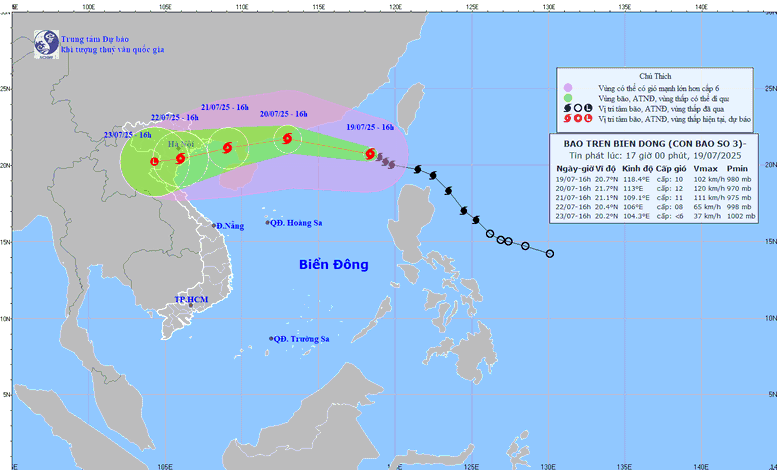
Forecast of the movement direction of storm No. 3 (Photo: National Center for Hydro-Meteorological Forecasting issued at 5:00 p.m. on July 19, 2025)
Telegrams sent to the Ministers of: National Defense, Public Security, Agriculture and Environment, Industry and Trade, Construction, Science and Technology, Culture - Sports and Tourism; Chairmen of the People's Committees of the provinces and cities: Quang Ninh, Hai Phong, Hung Yen, Ninh Binh, Thanh Hoa, Nghe An, Quang Tri, Hue, Da Nang, Quang Nam , Quang Ngai, Lao Cai, Lai Chau, Dien Bien, Son La, Tuyen Quang, Cao Bang, Lang Son, Thai Nguyen, Phu Tho, Bac Ninh, Hanoi; General Directors: Vietnam Television, Voice of Vietnam, Vietnam News Agency.
The content of the telegram is as follows:
On the morning of July 19, 2025, the storm with the international name WIPHA entered the East Sea and became the third storm in 2025, with an intensity of level 10, gusting to level 12. According to the forecast of the National Center for Hydro-Meteorological Forecasting, the storm will continue to strengthen (the strongest wind at sea can reach level 12, gusting to level 15). From July 21-22, the coastal area from Quang Ninh to Thanh Hoa will be directly affected by the storm, causing strong winds and heavy rains for the Northern provinces and the North Central provinces (Thanh Hoa, Nghe An, Ha Tinh ).
This is a very strong storm, moving quickly, with a wide and dangerous range and intensity of impact on sea and land. To proactively respond to storms and heavy rains, the risk of flash floods, landslides, and inundation, and to ensure the safety of people's lives and property and the State, the Prime Minister requests:
Chairman of People's Committees of coastal provinces and cities from Quang Ninh to Quang Ngai:
Organize close monitoring of storm developments; direct and deploy the work of counting, guiding and ensuring safety for ships and vehicles (including tourist boats) operating at sea and along the coast to proactively escape from dangerous areas or return to safe shelters; prepare forces and means to promptly rescue when required.
Chairman of People's Committees of Northern and North Central provinces and cities:
Organize to update fully and promptly information about natural disasters to people so that they can proactively respond to ensure safety; propagate and guide people on measures and skills to respond, especially strong winds, flash floods, inundation, and landslides.
Organize to review and prepare plans to evacuate households in dangerous areas, especially coastal areas, areas at high risk of landslides, flash floods, and deep flooding to safe places; have plans to support temporary accommodation, food, and necessities for people who have to evacuate, ensuring stable lives for people.
There are plans to ensure safety for tourists on islands and coastal areas.
Prepare measures to ensure safety and limit damage to houses, warehouses, headquarters, public works, industrial parks, factories, power grids, and telecommunications systems.
Urgently complete the repair and remedy of recent incidents and damages to dike works; check and review the readiness of dike protection plans against floods in the area according to the "4 on-site" motto.
Be ready to deploy forces to guard and control people and vehicles passing through culverts, spillways, deeply flooded areas, areas with fast-flowing water, landslides or areas at risk of landslides; resolutely not allow people and vehicles to pass through if safety is not ensured, and to prevent unfortunate human losses due to carelessness or subjectivity; deploy forces, materials and means to overcome incidents, ensuring smooth traffic on main traffic routes when heavy rain occurs.
Check and review key works, unfinished works, small reservoirs that are full of water; organize a permanent team, ready to regulate and ensure safety of works and downstream areas when floods occur.
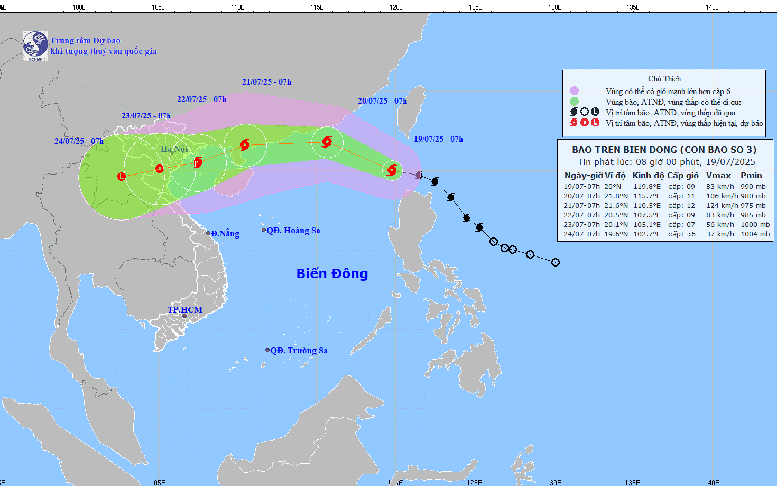
Prepare plans to ensure drainage and prevent flooding for agricultural production areas; industrial parks, urban areas, and residential areas.
Organize 24/7 on-duty to monitor natural disaster situations and organize response measures.
The Minister of Agriculture and Environment organizes a shift to closely monitor developments, forecast, warn, and promptly inform authorities and people about developments of storms, floods, and natural disasters; proactively directs sectors and localities to deploy natural disaster prevention and control work according to assigned functions and tasks, especially ensuring the safety of dykes, reservoirs, and irrigation dams, and minimizing damage to agricultural production.
Ministers of the Ministries of National Defense and Public Security direct Military Regions and forces stationed in the area to review plans and prepare forces and means to support people in responding to storms, floods, and rescue when requested by localities.
Ministers of the Ministries of Industry and Trade, Agriculture and Environment, Construction, Science and Technology and other Ministries and branches, according to their assigned functions and tasks, shall proactively direct the response to storms and floods in their fields, paying attention to directing the work of ensuring safety for production, safety of hydroelectric dams, transport infrastructure, energy, and telecommunications.
Vietnam Television, Voice of Vietnam, and Vietnam News Agency promptly provide information on natural disaster situations and response instructions from authorities, and increase dissemination and guidance on measures and skills to respond to storms, floods, landslides, and flash floods for people.
The Prime Minister assigned Deputy Prime Minister Tran Hong Ha to directly direct ministries, branches and localities to deploy response work appropriate to storm and flood developments.
Source: https://bvhttdl.gov.vn/thu-tuong-chi-dao-dam-bao-an-toan-cho-khach-du-lich-tren-cac-dao-va-khu-vuc-ven-bien-20250719181944238.htm



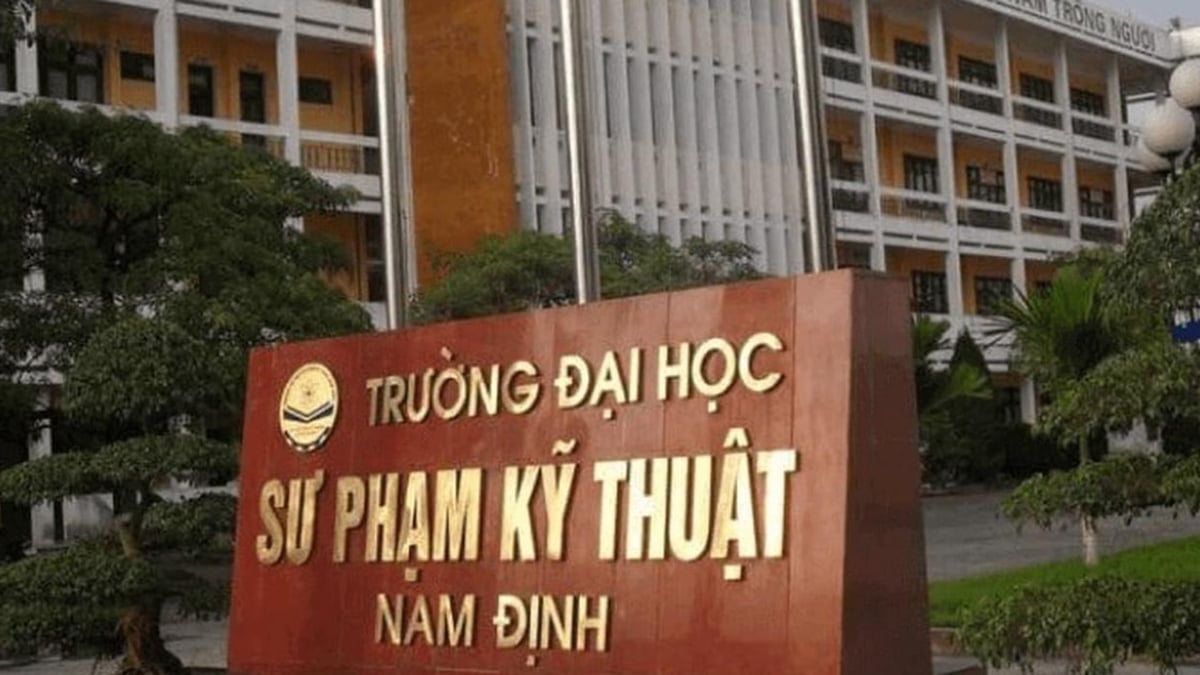
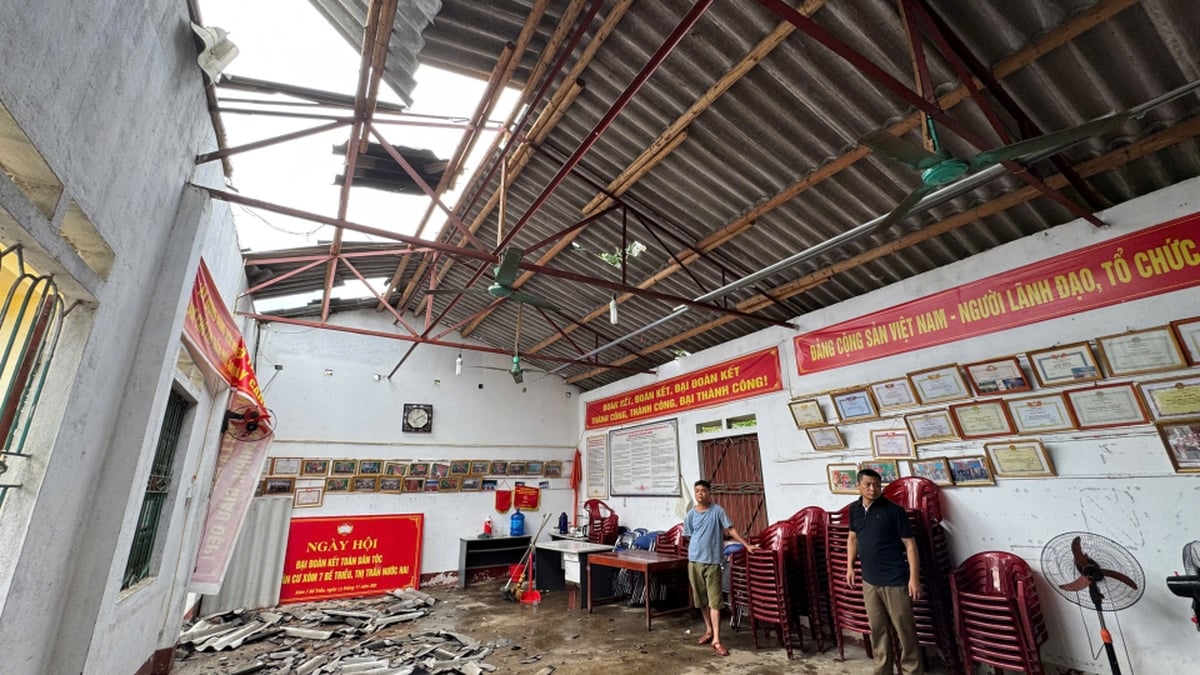
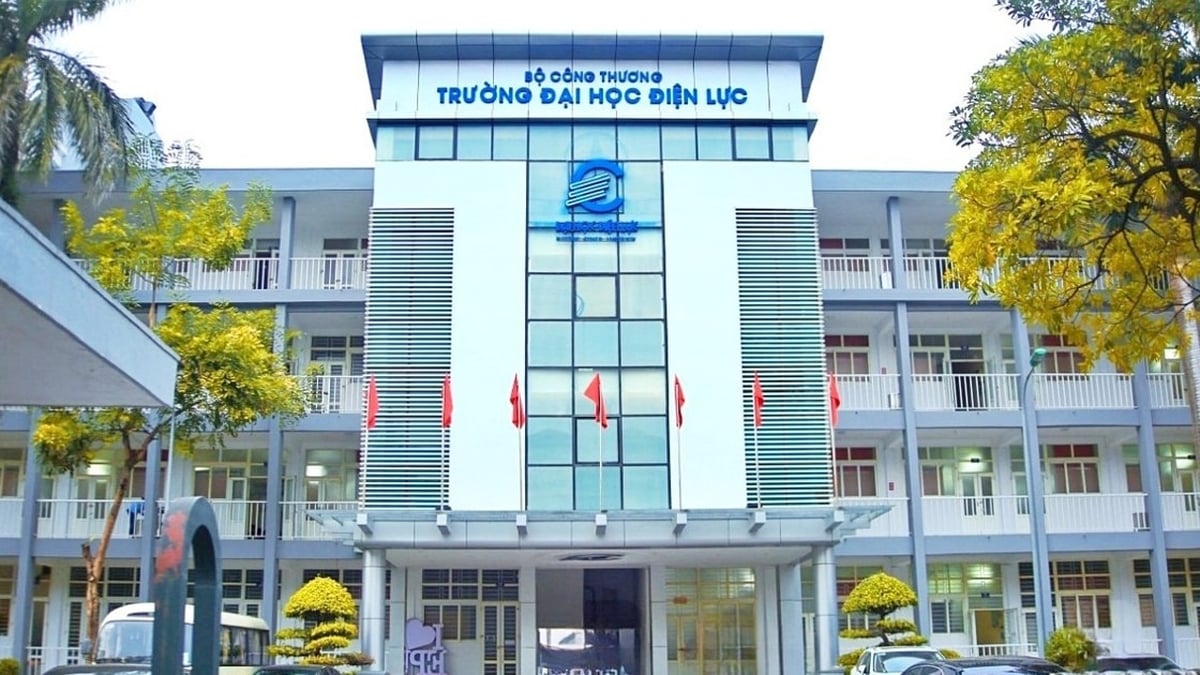
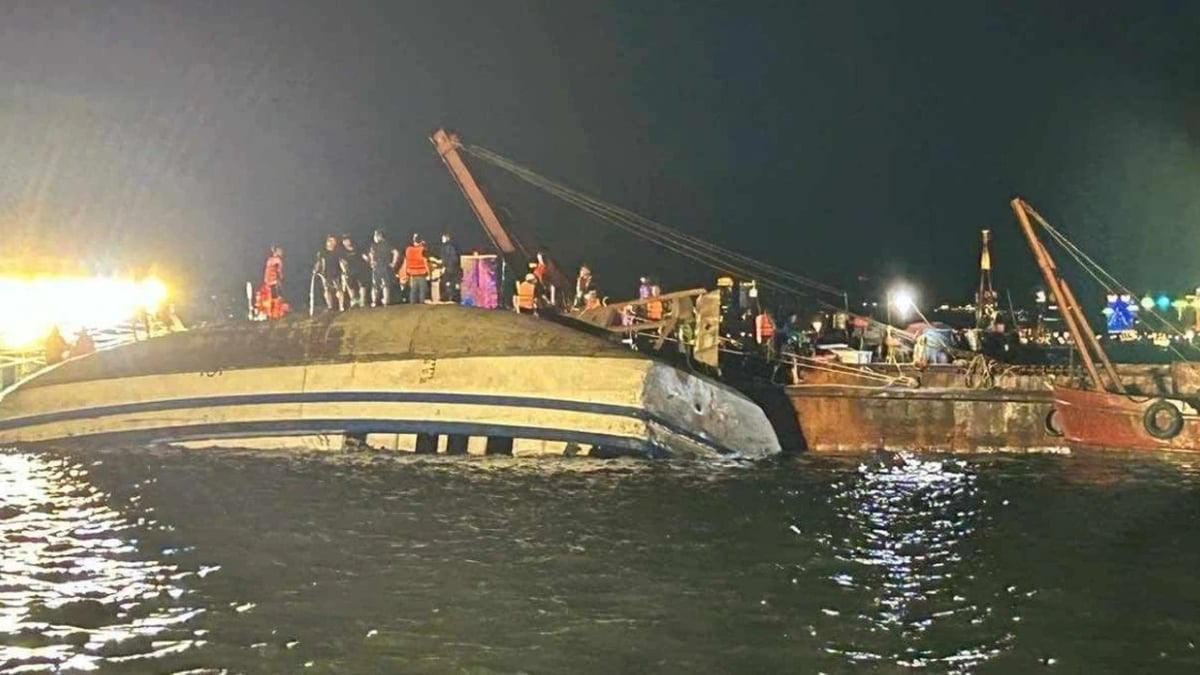
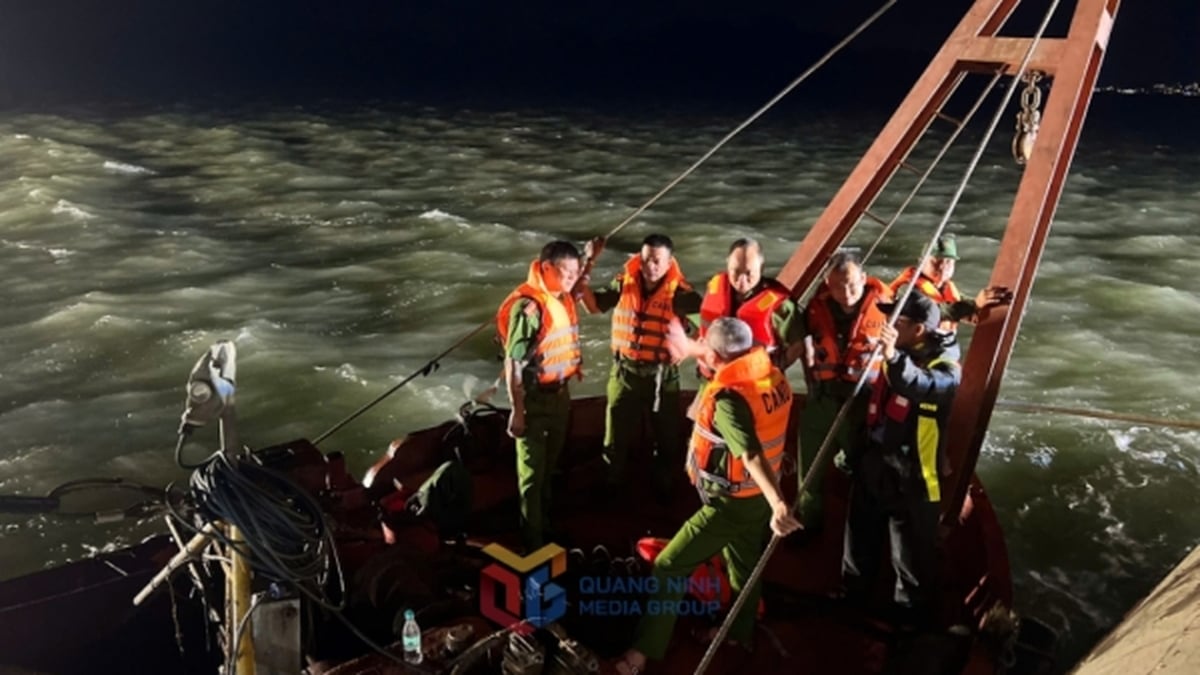
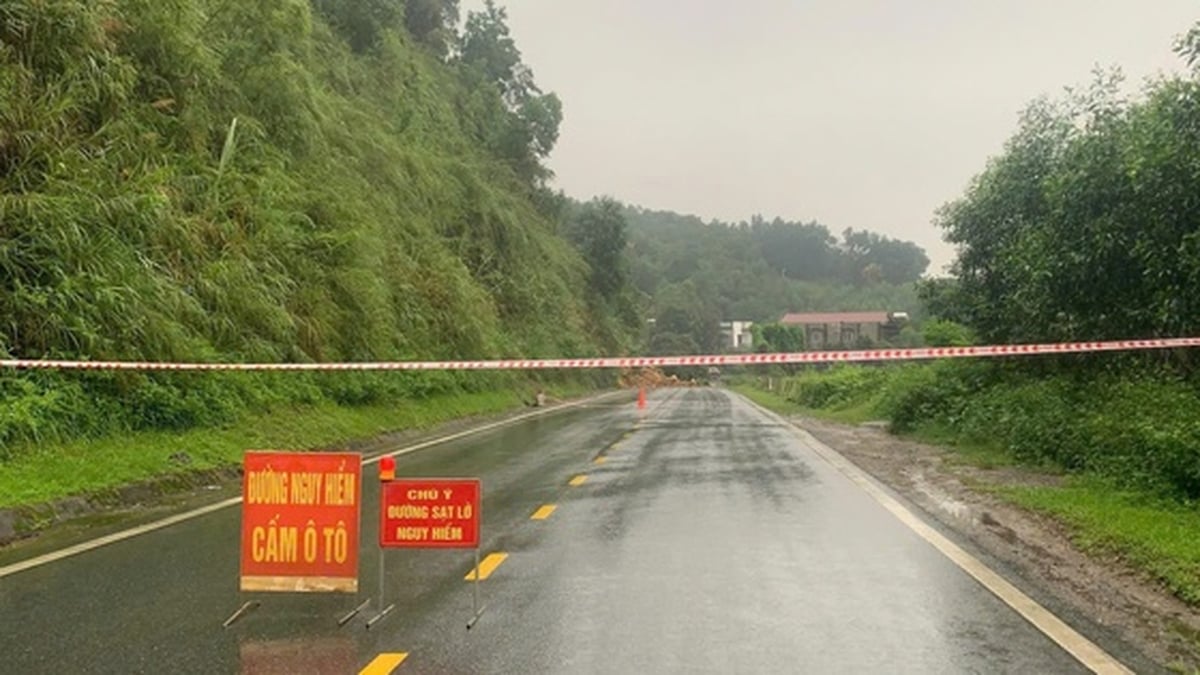
![[Video] The difference in scores between university admission groups will be announced soon](https://vphoto.vietnam.vn/thumb/1200x675/vietnam/resource/IMAGE/2025/7/19/16441946784f4c4b8b6987f8164b1a83)
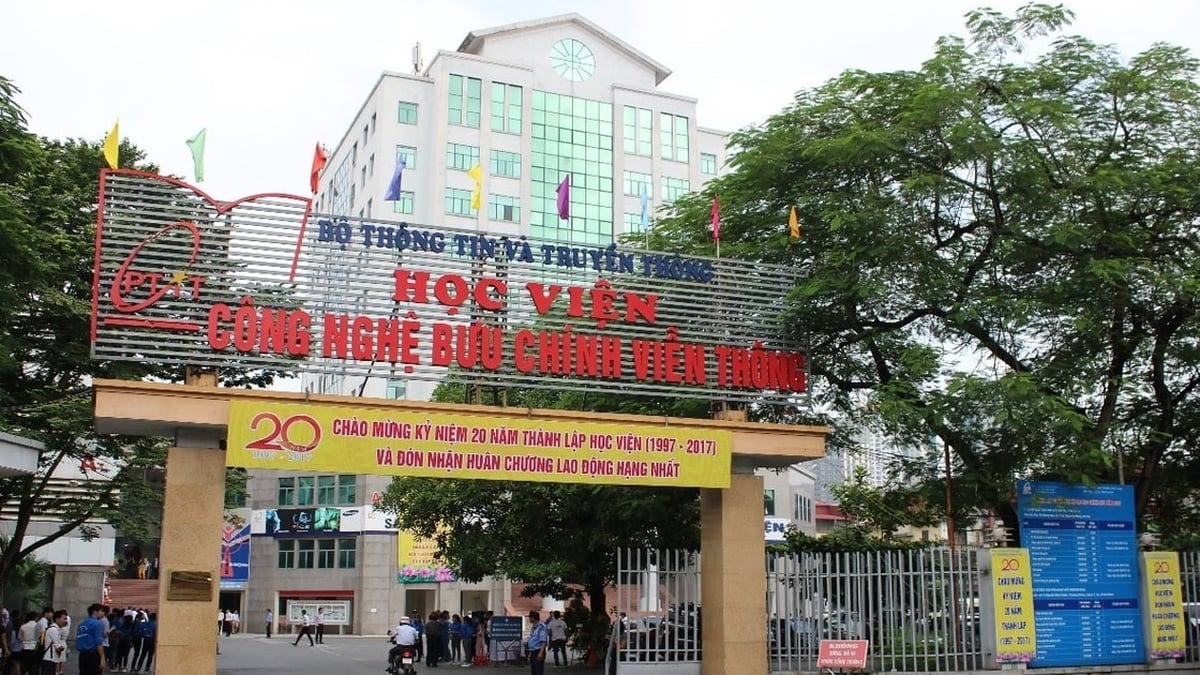
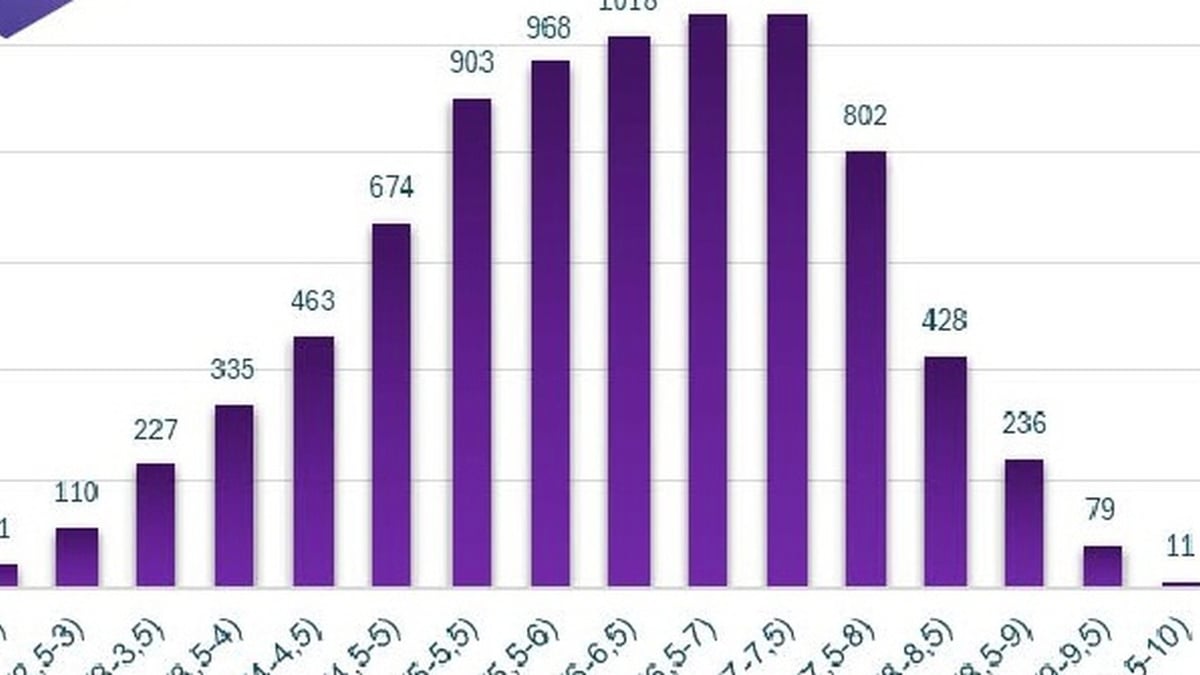





















































































Comment (0)